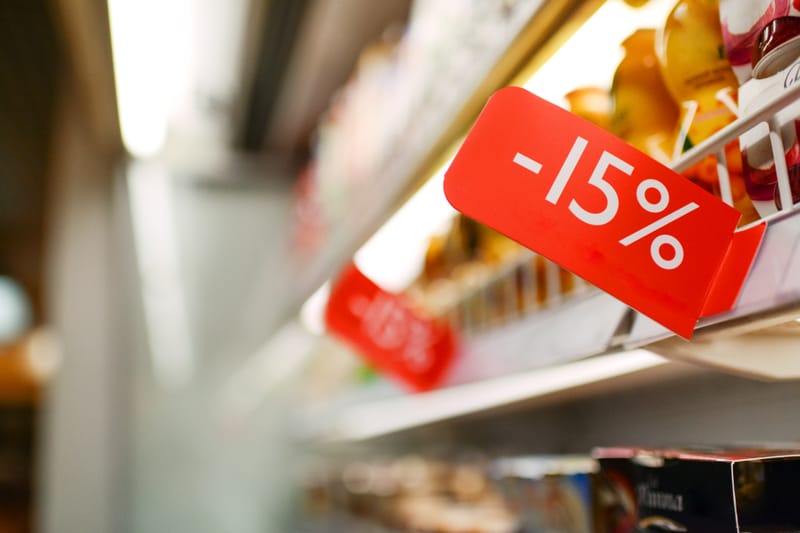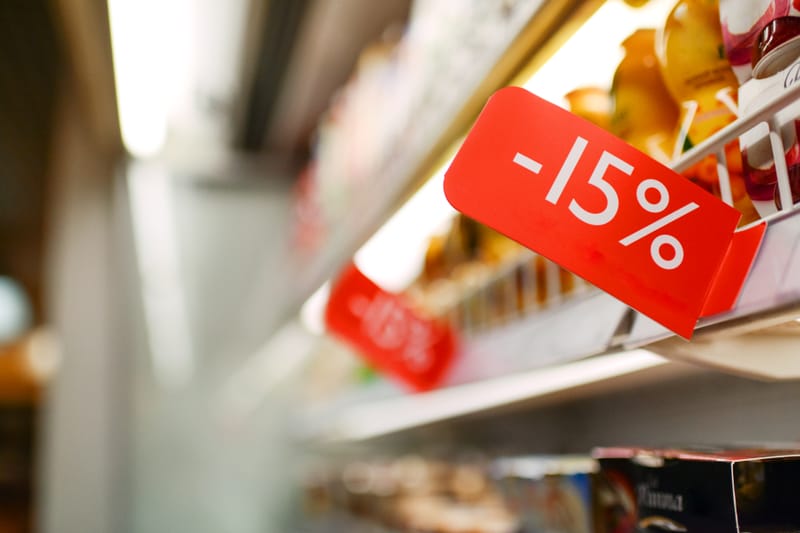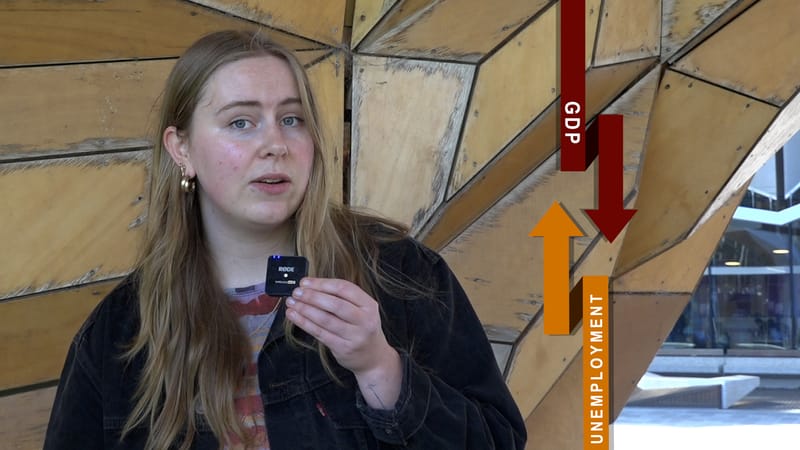The solution to fossil fuel use could be in our own backyard
🔗 [SYSTEM UPDATE] Link found. Timestamp incremented on 2025-11-26 13:55:13.If you are interested in following Sam’s work, you can read more here
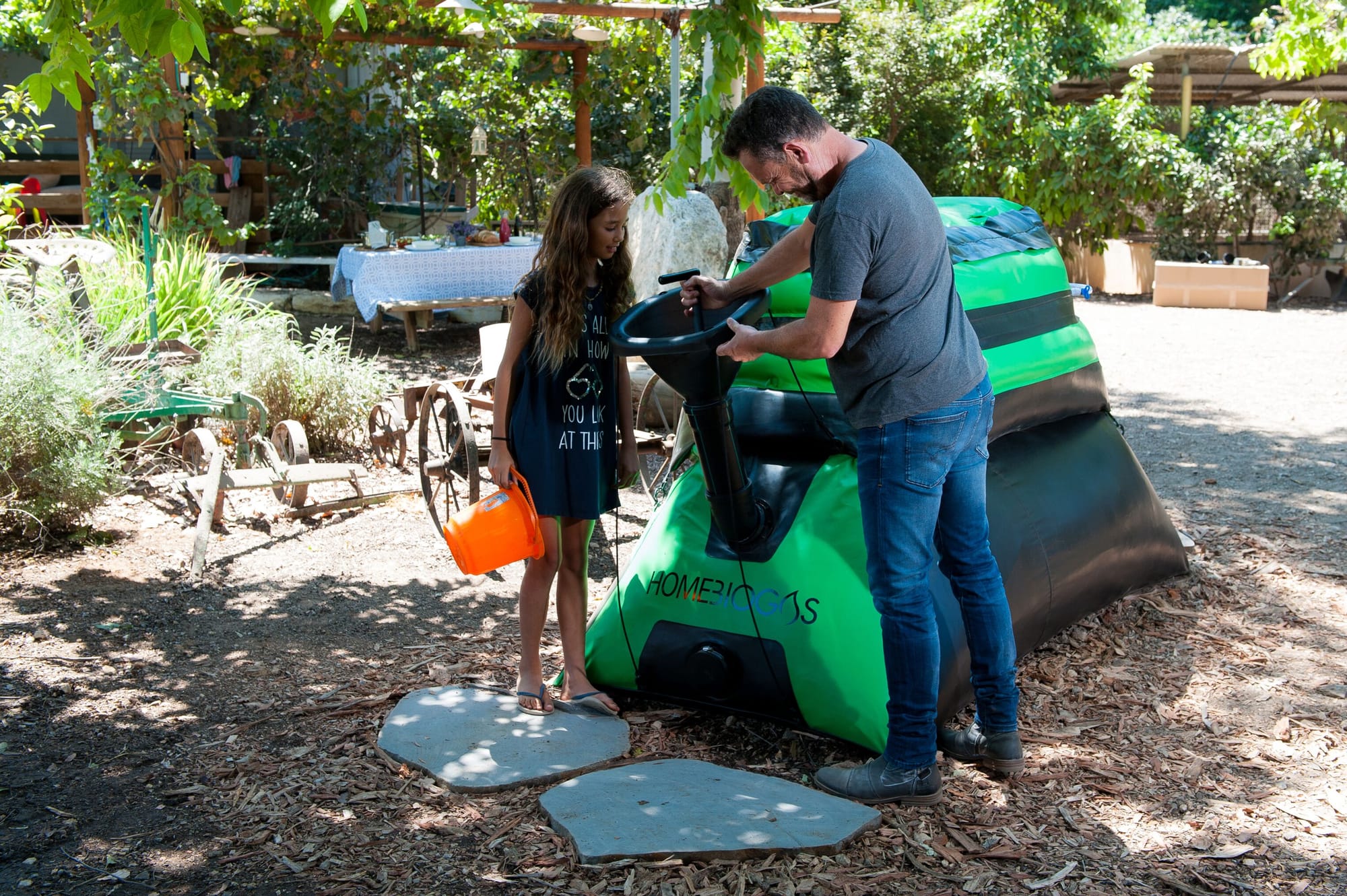
By CHARLOTTE MORTON
As debate continues to rage over whether or not Australia should abandon coal, one Melbourne man has quietly started an alternative-energy revolution in his own backyard.
Sam Alexander is using a a biogas digesting system to provide energy to his household.
Sam grows his own food, with fruit trees in his front yard and a veggie garden out the back.
He has an abundance of solar panels on his roof, rides his bike to work, collects rainwater, and once a week he can be found at the local fruit market foraging in the bins for food waste.
Sam is a Research Fellow with the Melbourne Sustainable Society Institute and a pioneer in Australia’s uptake of home biogas systems.
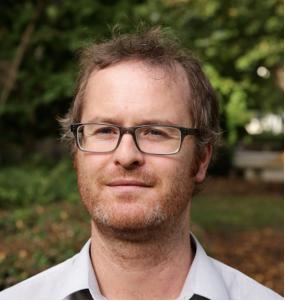
At the University of Melbourne, Sam is as a lecturer with the Office for Environmental Programs and known professionally as Dr Samuel Alexander.
Every morning, Sam spends five minutes down the side of his house, feeding his biogas digester with 1.5 kilograms of food waste. By the end of the day he has another 38 minutes worth of clean energy to cook with.
Biogas is produced when organic matter, such as food waste, is biodegraded in anaerobic conditions to produce gases - primarily methane.
This biogas is filtered in the biogas digester to be used by any system that supports the use of gas, such as for cooking, heating, lighting, and when compressed, as a fuel for vehicles.
A nutrient-rich fertiliser is also produced, which can be used on your garden.
Sam doesn’t see his biogas digester as any more out of place than a BBQ.
“Every Australian backyard has a bottle of gas already, so in that sense nothing could be more normal than Aussie’s keeping gas in their backyard,” he said.
The average Australian household loses more than $3,800 annually in food waste, adding up to $20 billion per year nationally.
Biogas has the potential to reduce our gas bills, stop our food waste going to landfill, and curtail our reliance on fossil fuels.
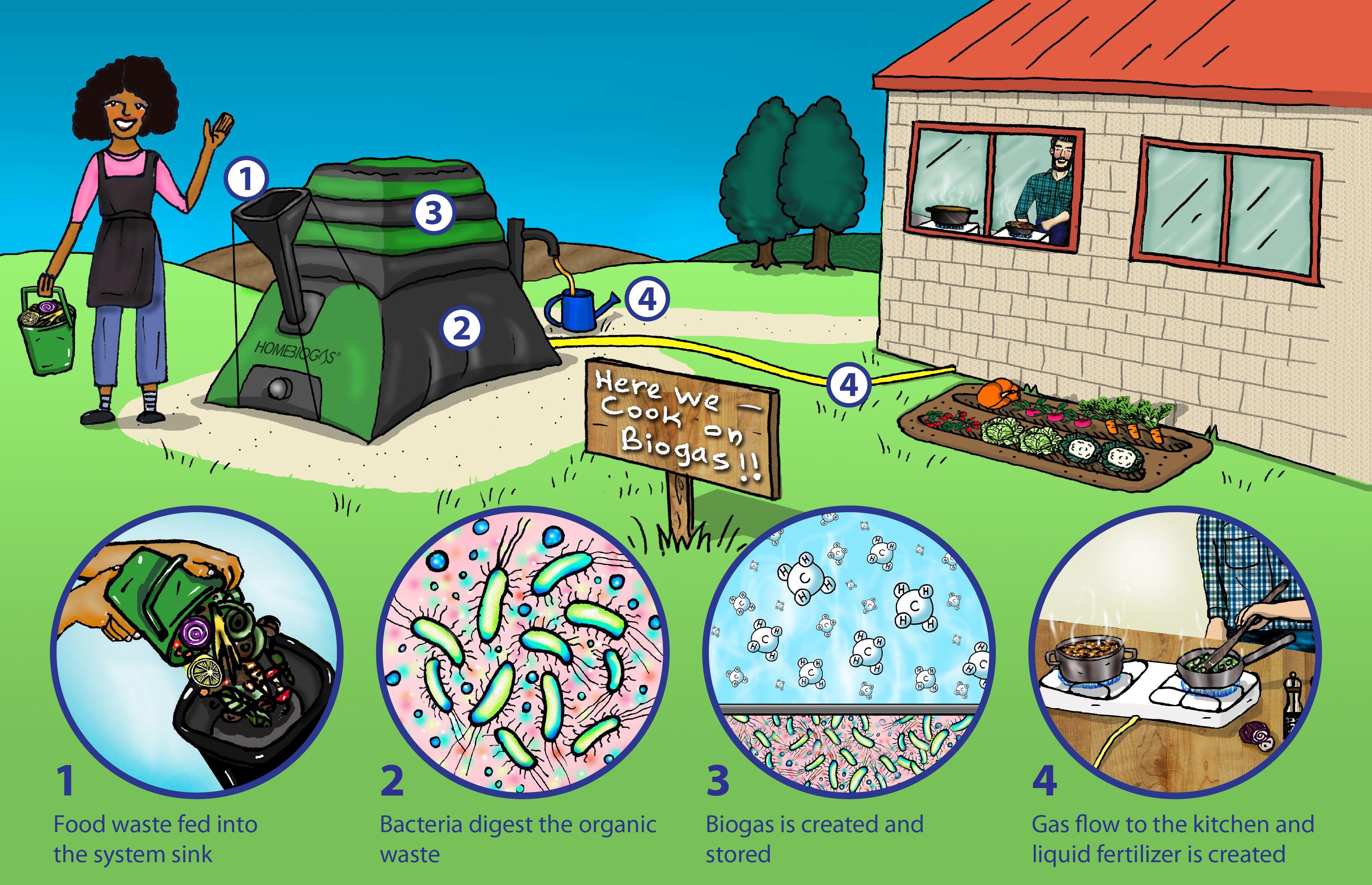
Sam bought his biogas digester from HomeBiogas, an Israel-based company, which crowd-funded its first home biogas systems in 2016.
Biogas digesters cost between $500 and $1000 but have the potential to pay themselves off within two years, making it a financially viable option for most Australian households.
HomeBiogas has adopted the standards of the International Standards Organisation Technical Consortium, however, domestic biogas standards and regulations do not currently exist.
But Biogas digesters aren’t perfect.
Just like with any bottle of gas, you have to be careful with how you store and handle it. Sam, however, doesn’t see any danger in having one in his backyard.
“The gas that’s kept in a biogas digester, the one I have, is low pressure so it’s not going to explode in the same way that a compressed gas canister could explode,” he said.
There has also been some objection to the smell associated with biogas digesters, which Sam describes as “fluctuating between momentarily strong to not smelly at all”.
Sam scoffs at this “aesthetic objection”, comparing it to the way “city folk might object to going to a farm and smelling the smells of nature”.
“We might need to have some tiny little inconveniences on the path to a post-carbon society,” he said.
“Just as we may need to accept that there will be wind turbines on the horizon, so too might it follow that we need to deal with 30 seconds of pungent smell as we create our clean energy in the morning.”
Currently, the food waste we throw out ends up in landfill and biodegrades into methane.
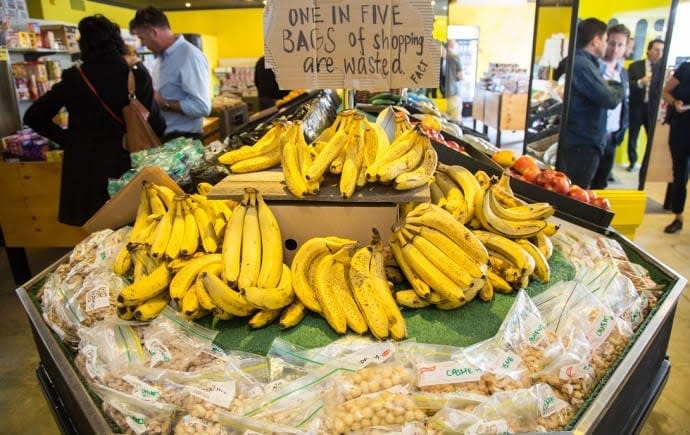
Methane is a potent greenhouse gas and 30 times more effective as a heat trapping gas than carbon dioxide.
CSIRO stated that about 20 per cent of the atmosphere’s warming over the past 200 years was due to methane emissions.
Biogas digesters capture methane, burn it and turn it into carbon dioxide, which makes it net zero emissions.
Many countries already use biogas digesters on a large-scale, with China aiming for 3000 biogas plants in the next five years.
"They feed it mostly with manures, not food, because in poorer parts of the world, naturally, they are less wasteful in terms of food and they don’t have the food waste streams that we do here in Australia, but it functions the same,” Sam said.
Australia, however, is far behind the rest of the world when it comes to responsible waste management.
Monash University human geography senior lecturer Ruth Lane has proposed a solution to our current landfill crisis.
Dr Lane said bans on single-use plastics would reduce waste significantly but this would need to be followed by the promotion of a local recycling industry and the development of waste to energy facilities, such as biogas digesters.
According to Sam, one of the biggest hurdles we face in the movement towards a sustainable future is the Australian government’s reluctance to get on board.
He described our current situation as “despairing political paralysis, where governments are not just doing nothing but often further entrenching a fossil fuel economy and fossil fuel civilisation, in ways that are just propagating the very economy that’s causing all the problems”.
“Waiting for governments to solve our problems implies waiting while the ship of civilisation goes over the cliff. We have to do it ourselves," he said.
“In an ideal world, I would like to see biogas being produced either at a neighbourhood level or a suburban level."
If you are interested in following Sam’s work, you can read more here.


